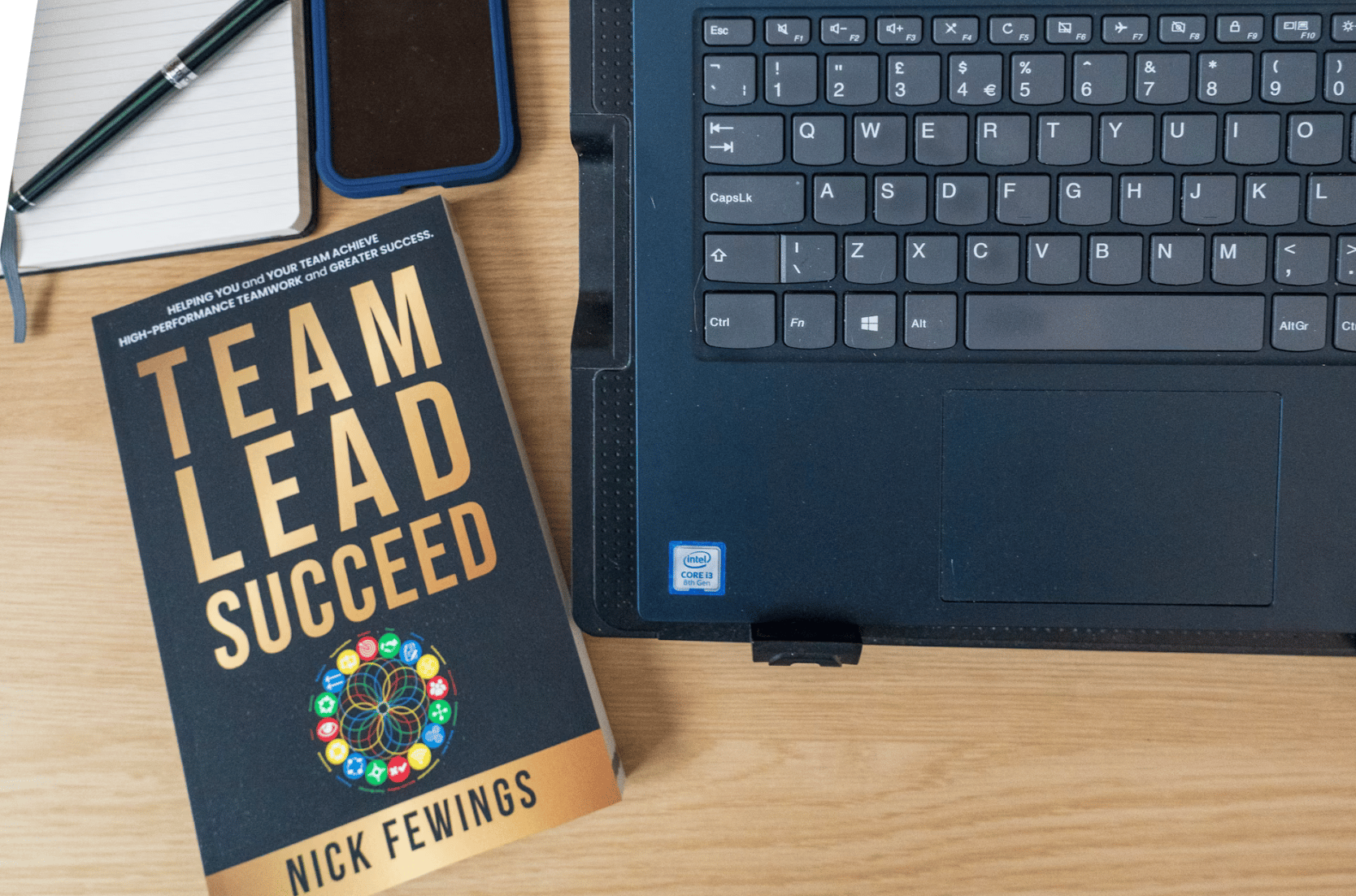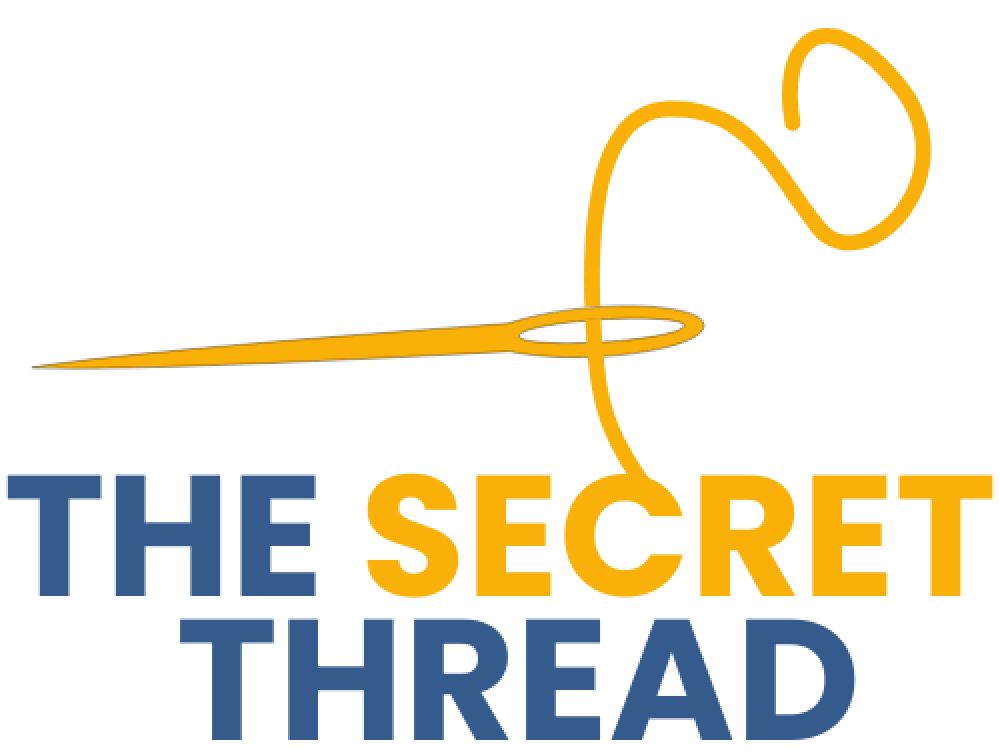- The Secret Thread
- Posts
- Open for: The Real Reason You’re Burnt Out
Open for: The Real Reason You’re Burnt Out
And the 3-step reset that helps leaders stop carrying what was never theirs to hold.


Story
The Addiction No One Talks About

photo from unsplash.com
For a long time, I believed addiction only looked one way. Bottles. Rock bottom. Recovery meetings in dimly lit church basements. That was my entry point. But it didn’t take long for me to realize something else. Addiction isn’t just about what we consume. It’s about what consumes us.
In my case, it started with alcohol. But what took longer to name was the deeper pattern underneath. The belief that I had to prove myself, constantly. That I could never stop. That my worth was directly tied to what I produced, how many problems I solved, and whether everyone around me was okay.
I thought I was just being responsible. A good leader. Someone others could rely on. But what I was actually doing was performing. Trying to outrun the fear that, if I stopped doing, I’d stop being needed. That maybe I never really belonged in the room to begin with.
When I eventually walked into recovery, it was the drinking that got me there. But the real work was untangling the habits that had lived in me for years. The late nights, the control, the refusal to rest. That was addiction, too. It just wore a suit and answered emails at midnight.
I’ve coached enough executives now to know I’m not the only one. The addiction to over-ownership is everywhere in leadership. It hides in the extra slide deck we rework after the team has gone home. In the meetings we insist on attending “just in case.” In the endless urge to carry more, fix more, know more, control more.
The most dangerous part? It doesn’t look like a problem. It looks like excellence. It looks like leadership.
We tell ourselves that we’re stepping in because we care. But underneath that is often something else. Fear. If I don’t stay involved, what happens? If I delegate and it goes sideways, will that reflect on me? If I’m not visibly working harder than everyone else, am I still worth my title?
In a recent survey of over 200 senior leaders, the majority said their first response to a challenge was to take full ownership and act. At first glance, that sounds admirable. But when we looked deeper, the consequences were clear. These leaders were tired. They were making low-level decisions well beneath their role. They were blocking team growth without realizing it. Some even described fantasizing about quitting altogether.
One CEO told me, “I thought I was being a good leader by stepping in. But I was actually making myself the bottleneck. I didn’t trust anyone else to carry the weight.”
That’s what over-ownership does. It promises control, but it steals capacity. It makes us feel irreplaceable, but it often isolates us from the very people we’re supposed to lead.
The turning point for me was admitting what was broken. Saying it out loud. I had to get honest about what I was carrying, and why. And then I had to begin the slower work of putting that weight down, piece by piece.
Now, I focus on something different: self-ownership. It’s not about doing less. It’s about doing only what’s truly mine. And trusting others to do what’s theirs. That shift has changed my life. It’s also changed the leaders I coach.
You don’t have to be everything. You don’t have to hold it all. The best leaders I know are the ones who build strong systems, make space for others to rise, and learn to rest without guilt.
If that sounds impossible, that’s probably where you need to begin.
Deep Dive
What the Survey Revealed About Executive Over-Ownership
When we surveyed over 200 C-level leaders, we asked a simple question:
“When challenges arise, how do you respond?”
The most common answer wasn’t collaboration. It wasn’t reflection. It wasn’t delegation.
It was:
“I take full ownership and look for where I can act.”
At first glance, that sounds like strength. These are driven, accountable leaders. They’re not afraid to roll up their sleeves. But as we dug deeper into the patterns behind that response, a different picture started to emerge.
These leaders were stepping into tasks well below their pay grade. They were rewriting strategy decks, double-checking team decisions, and jumping into meetings they didn’t need to attend. They described their mental load as nonstop. They were exhausted. Many said they couldn’t disconnect on vacation. A few admitted they thought about quitting regularly.
Most surprising of all? They weren’t doing this because they didn’t have capable teams. They were doing it because they didn’t trust those teams fully. And even more than that, they didn’t trust that stepping back would be safe.
This is where over-ownership hides. It masks itself as excellence. It feels noble. But over time, it creates invisible damage.
One executive told us, “I used to think leadership meant taking full responsibility. Now I realize I was standing in the way. I was the bottleneck.”
That word kept coming up. Bottleneck. Not because they lacked intelligence or resources. But because they were clinging too tightly to control.
The root cause? Fear.
Behind nearly every over-ownership behavior we documented was a fear of being irrelevant, unnecessary, or exposed. Some were first-generation leaders who had built their careers through grit and personal accountability. Others had climbed fast, never quite shedding the belief that they had to prove themselves in every room.
When you’ve been rewarded for being the most dependable person in the building, it’s hard to let go. But survival strategies don’t build scalable systems. And they don’t develop strong teams.
Over-ownership feels like leadership, but it’s really a form of protection. It keeps others at arm’s length. It insulates you from failure. It reassures you that you’re still needed. But the cost is high: burnout, stagnation, and a team that never fully grows.
The solution isn’t detachment. It’s clarity. That’s where radical self-ownership comes in — the second layer of the Resilience Stack.
Self-ownership means knowing what’s truly yours to carry and what’s not. It means shifting from, “If I don’t do it, it won’t get done,” to, “If I do what’s mine, and empower others to do what’s theirs, we all move forward.”
This shift isn’t just conceptual. It requires structure. When we looked at the leaders who had broken the cycle, we found they had invested in tools: ownership maps, decision-making matrices, clear accountability loops. They didn’t just let go — they built systems that allowed others to step in confidently.
The data tells a clear story. Over-ownership is a leadership epidemic. But it’s also solvable. It starts with naming it. Then choosing a different way.
Putting Into Practice
The Ownership Reset Framework
If you find yourself carrying too much, jumping into every meeting, or struggling to disconnect — this framework is for you. Use it to move from over-ownership to self-ownership in three deliberate steps:
1. Name What’s Broken
Ask yourself:
What am I holding that’s no longer mine to carry?
Where do I feel resentment or exhaustion?
What fears come up when I think about letting go?
Say it out loud. Write it down. Give it language. Change starts with clarity.
2. Do an Ownership Audit
On a blank sheet of paper, draw three columns:
What only I can do
What I do but others could own
What I shouldn’t be doing at all
Ask:
Why am I still holding this?
Is it about trust? Speed? Fear?
What belief do I need to release to let this go?
This exercise surfaces hidden patterns and opens the door to healthy delegation.
3. Build the System, Don’t Be the System
Over-ownership often points to a structural issue. Without clear roles, feedback loops, or decision maps, everything ends up on your plate.
Instead of carrying more, build systems that hold:
Define clear ownership lanes
Narrate your decision-making so others can learn
Set up rhythms that don’t require your constant presence
Let your systems carry the weight so you don’t have to.
Updates
Try This With Your Team: The Ownership Map Exercise
Over-ownership isn’t always personal. Often, it’s structural. This simple team exercise helps clarify responsibilities, reduce friction, and create shared accountability.
Step 1: Gather Your Team
Invite your direct reports or project leads. Let them know the goal is clarity, not criticism.
Step 2: Set Up a Shared Doc or Whiteboard
Create three columns:
What I Own
What I Think You Own
What’s Currently Unclear
Step 3: Fill In the Map
Each person contributes what they believe they own, what they believe others own, and what feels vague or overlapping.
Step 4: Discuss and Redraw
Look for duplication, gaps, or confusion. Reassign responsibilities clearly and document the outcome.
Step 5: Make It Ongoing
Turn this into a living map. Review it quarterly or after major team changes.
This one exercise can reduce bottlenecks, empower your team, and keep over-ownership from creeping back in.
Content Updates
Stay Connected
2 new Podcast Episodes of Mission Driven You (1 with a guest)
Stay connected on Instagram @willsamsonchangecoach
Want to bring The Anti-Hack Framework to your team or executive cohort?
Subscribe at drwillsamson.substack.com or share this with a colleague.
You're not meant to build this alone. And you don’t have to.
—Will
I am a real person and I’ll respond to this email; Respond With which rhythm you will implement into your life.